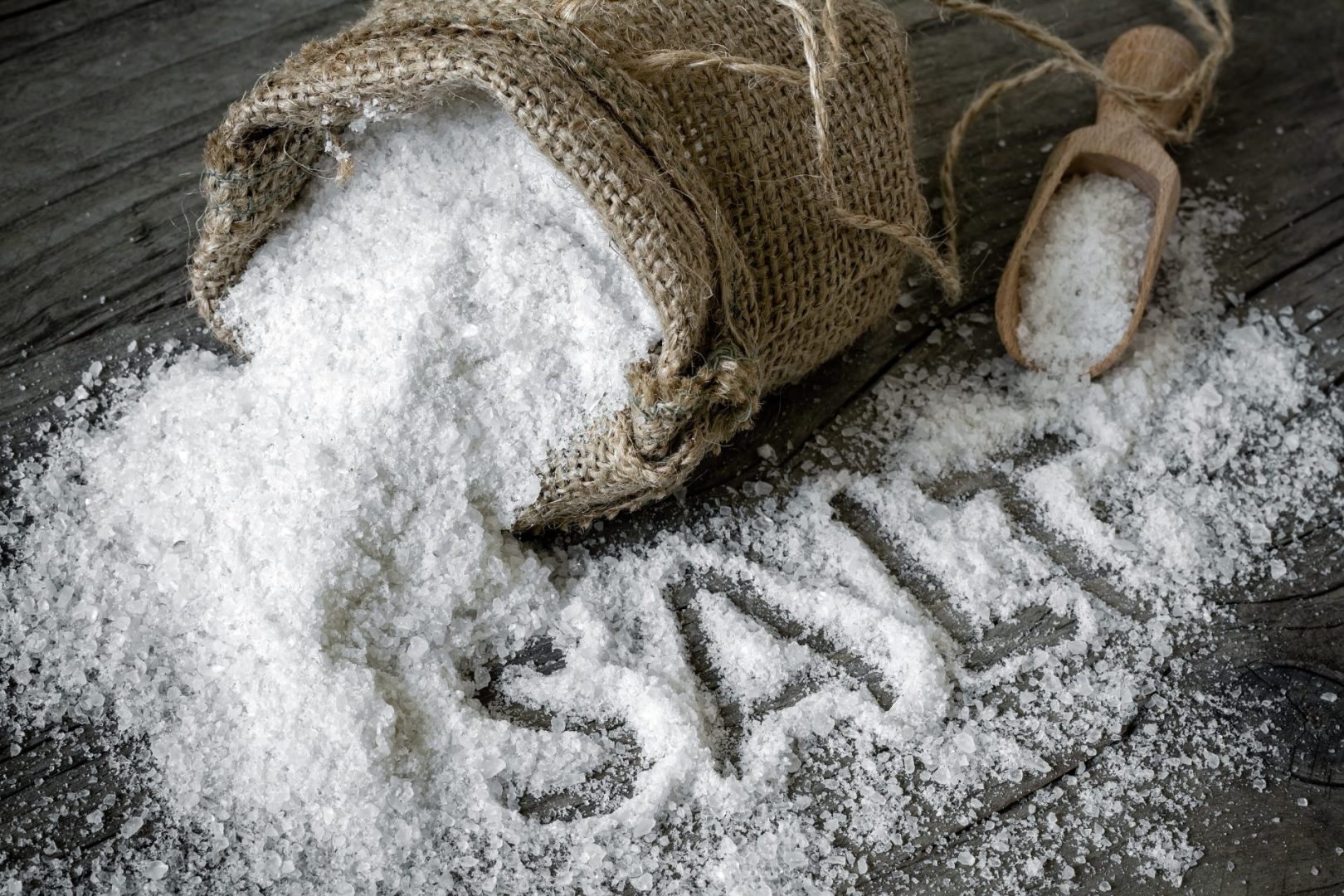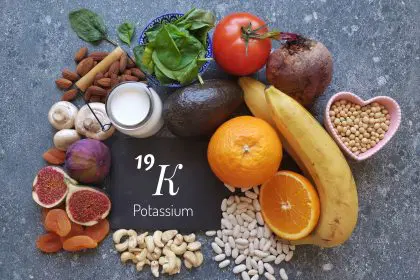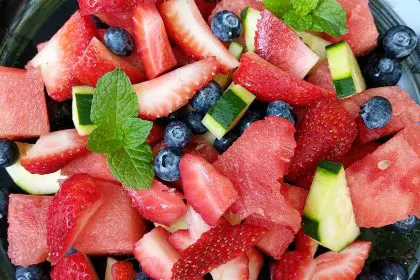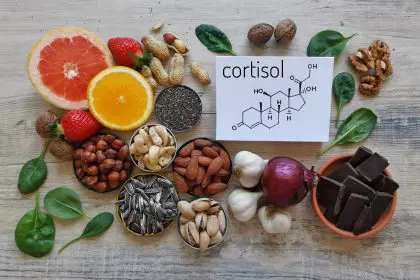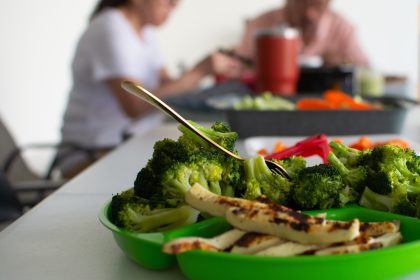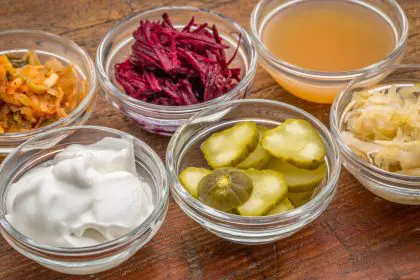Picture this: It’s 3 p.m., you’re sitting at your desk, and suddenly all you can think about is that bag of chips calling your name from the kitchen. Sound familiar? Salt cravings strike millions of people daily, transforming otherwise rational individuals into snack-seeking missiles who will ransack entire pantries for something salty and satisfying.
But these intense urges for sodium-rich foods aren’t just random attacks on your willpower. Behind every desperate reach for potato chips, pretzels, or that suspicious packet of ramen noodles lies a complex web of biological signals, emotional triggers, and physiological needs that your body is desperately trying to communicate.
Understanding what drives these cravings can be the difference between mindlessly munching through a family-size bag of crackers and making informed choices that actually address what your body needs. The science behind salt cravings reveals fascinating insights into how our bodies maintain balance and why sometimes that balance goes haywire.
When dehydration disguises itself as hunger
One of the most common culprits behind sudden salt cravings is actually lurking in plain sight – dehydration. When your body loses water through sweating during workouts, illness, or even just a particularly warm day, it doesn’t just lose H2O. Critical electrolytes, including sodium, get flushed out along with the fluid.
This creates a domino effect in your system. As sodium levels drop, your body sends urgent signals to your brain demanding immediate replenishment. These signals often manifest as intense cravings for salty foods, even when what you really need is proper hydration combined with electrolyte replacement.
The tricky part is that dehydration-induced salt cravings can feel identical to regular hunger, leading many people to reach for salty snacks when they should be reaching for water. This misinterpretation can create a cycle where you consume excess sodium without addressing the underlying fluid imbalance.
Many people don’t realize they’re dehydrated until the cravings hit. Thirst isn’t always a reliable indicator of hydration status, especially in air-conditioned environments or during busy days when you might forget to drink enough water. By the time salt cravings strike, dehydration may have already affected your energy levels and cognitive function.
The stress-salt connection nobody talks about
Emotional eating often gets blamed on sweet cravings, but salt plays an equally important role in stress-related food choices. When anxiety, sadness, or overwhelming stress hits, many people find themselves gravitating toward salty comfort foods rather than sugary ones.
The connection between stress and salt cravings involves complex neurochemical processes. Consuming salty foods can trigger the release of feel-good hormones like serotonin and norepinephrine, creating a temporary mood boost that your stressed brain remembers and seeks to recreate.
This biochemical reward system explains why so many people develop emotional associations with specific salty foods. That bag of chips might represent more than just sodium – it could be your brain’s attempt to self-medicate during difficult emotional periods.
Chronic stress can amplify salt cravings by disrupting normal appetite regulation and decision-making processes. When you’re constantly running on stress hormones, your brain prioritizes immediate gratification over long-term health considerations, making those salty snacks seem irresistible.
Sleep deprivation’s sneaky role in food choices
Poor sleep quality creates havoc with your body’s hunger and satiety signals, but its specific impact on salt cravings often goes unrecognized. Sleep-deprived individuals frequently experience altered taste preferences and increased desire for highly palatable foods, including salty snacks.
When you don’t get adequate rest, your body struggles to regulate hormones that control appetite and food preferences. This hormonal disruption can intensify cravings for foods that provide quick energy and satisfaction – qualities that many salty snacks possess in abundance.
The relationship between sleep and salt cravings also involves energy regulation. Tired bodies often seek foods that can provide immediate energy boosts, and the combination of salt with carbohydrates in many snack foods delivers exactly that quick hit your exhausted system craves.
Sleep deprivation also impairs decision-making abilities, making it harder to resist tempting salty foods even when you intellectually know they’re not the best choice. This creates a perfect storm where cravings intensify just as your ability to manage them weakens.
Medical conditions that trigger salt obsessions
While most salt cravings stem from lifestyle factors, certain medical conditions can create intense, persistent urges for sodium that go beyond normal dietary preferences. These conditions often involve disruptions to the body’s natural electrolyte balance or hormone production.
Addison’s disease affects the adrenal glands’ ability to produce essential hormones, including those that help regulate sodium balance. People with this condition often experience intense salt cravings as their bodies attempt to compensate for hormonal deficiencies that affect mineral retention.
Cystic fibrosis can also contribute to salt cravings due to the excessive loss of sodium through sweat. Individuals with this condition may require higher sodium intake than average to maintain proper electrolyte balance, leading to natural cravings for saltier foods.
Other conditions affecting kidney function, hormone production, or fluid balance can similarly trigger unusual salt cravings. These medical causes typically involve cravings that are more intense and persistent than normal dietary preferences, often accompanied by other symptoms.
The hidden sodium in everyday foods
Many people experience salt cravings without realizing they’re already consuming significant amounts of sodium through processed and restaurant foods. This hidden sodium consumption can actually perpetuate cravings by training your taste buds to expect higher salt levels in all foods.
Processed foods contain sodium levels far exceeding what occurs naturally in whole foods. Regular consumption of these products can reset your palate’s sodium baseline, making less salty foods taste bland and unsatisfying. This adaptation creates a cycle where you need increasingly salty foods to feel satisfied.
Restaurant meals often contain surprising amounts of sodium, even in dishes that don’t taste particularly salty. Bread, salad dressings, sauces, and marinades all contribute hidden sodium that can influence your overall cravings and taste preferences.
Breaking free from this cycle requires gradually reducing sodium intake to allow your taste buds to readjust. Many people find that after several weeks of lower sodium eating, previously appealing salty foods taste overwhelmingly intense.
Smart strategies for managing salt urges
Successfully managing salt cravings requires addressing both the immediate urge and the underlying triggers that create these intense desires. The most effective approaches combine practical substitution strategies with lifestyle modifications that reduce the frequency and intensity of cravings.
Hydration plays a crucial role in craving management. Drinking water when salt cravings hit can help determine whether dehydration is contributing to the urge. Adding a pinch of high-quality salt to water or choosing electrolyte-enhanced beverages can address legitimate sodium needs without excess calories.
Stress management techniques can significantly reduce emotional salt cravings. Regular exercise, meditation, deep breathing practices, and other stress-reduction activities help address the root cause rather than just the symptom of stress-induced food cravings.
Sleep hygiene improvements often lead to noticeable reductions in food cravings, including those for salty foods. Prioritizing consistent sleep schedules, creating relaxing bedtime routines, and addressing sleep disorders can dramatically improve appetite regulation.
Healthy alternatives that actually satisfy
Finding satisfying alternatives to high-sodium processed snacks requires understanding what makes salty foods so appealing and recreating those qualities in healthier options. The key is addressing both the taste and texture elements that make salty snacks irresistible.
Nuts and seeds provide natural saltiness along with healthy fats and protein that create lasting satisfaction. Lightly salted versions offer flavor without the excessive sodium found in many processed snacks. Roasting nuts and seeds with herbs and spices can create complex flavors that satisfy cravings more effectively than plain salted varieties.
Fresh vegetables with hummus, guacamole, or other flavorful dips can provide the satisfying crunch and salt combination that many people crave. The fiber and nutrients in vegetables help create lasting fullness while the dips add flavor complexity that engages your palate.
Homemade snacks allow you to control sodium levels while experimenting with flavor combinations that satisfy your specific cravings. Roasted chickpeas, kale chips, or seasoned popcorn can all be customized to provide satisfying saltiness without excess sodium.
When cravings signal something serious
Most salt cravings fall within normal ranges and respond well to lifestyle modifications, but persistent, intense cravings that don’t improve with hydration and stress management may indicate underlying health issues that require professional attention.
Cravings accompanied by excessive thirst, frequent urination, unexplained fatigue, or other concerning symptoms warrant medical evaluation. These combinations can sometimes indicate hormone imbalances, kidney issues, or other conditions affecting electrolyte regulation.
Changes in craving patterns, especially sudden increases in salt desires, should also prompt medical consultation. Significant shifts in appetite or food preferences can sometimes signal developing health conditions before other symptoms become apparent.
Working with healthcare providers or registered dietitians can help identify whether salt cravings stem from nutritional deficiencies, medical conditions, or lifestyle factors. Professional guidance ensures that any underlying issues get addressed while helping you develop sustainable strategies for managing cravings.
Building a balanced relationship with salt
The goal isn’t to eliminate salt entirely or to feel guilty about occasional indulgences in salty foods. Instead, developing a healthy relationship with salt involves understanding your body’s legitimate needs while making conscious choices about when and how to satisfy cravings.
Mindful eating practices can help you distinguish between true physiological needs for sodium and habitual or emotional cravings. Taking time to assess whether you’re actually hungry, thirsty, stressed, or tired before reaching for salty snacks can lead to more appropriate responses to your body’s signals.
Gradual changes tend to be more sustainable than dramatic dietary overhauls. Slowly reducing sodium intake while increasing consumption of whole foods allows your taste preferences to adapt naturally without feeling deprived or triggering rebound cravings.
Learning to read your body’s signals accurately empowers you to respond appropriately to salt cravings. Sometimes that response might be drinking water, sometimes it might be addressing stress, and sometimes it might actually be enjoying a moderate portion of something salty while paying attention to how it makes you feel.
Understanding salt cravings transforms them from mysterious urges that derail your eating plans into informative signals about your body’s current needs. With this knowledge, you can make choices that truly nourish your body while still enjoying the foods you love in appropriate amounts.

